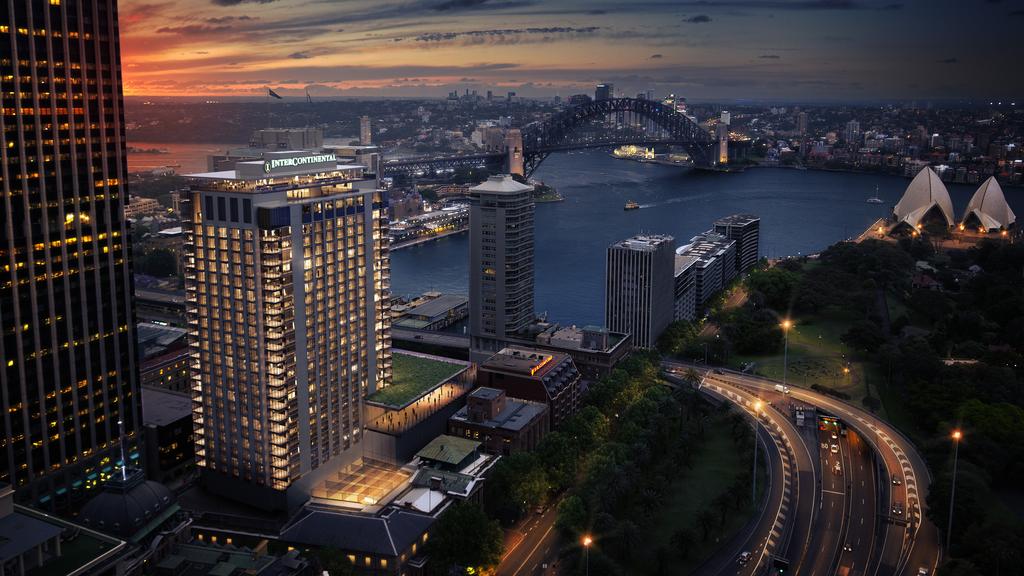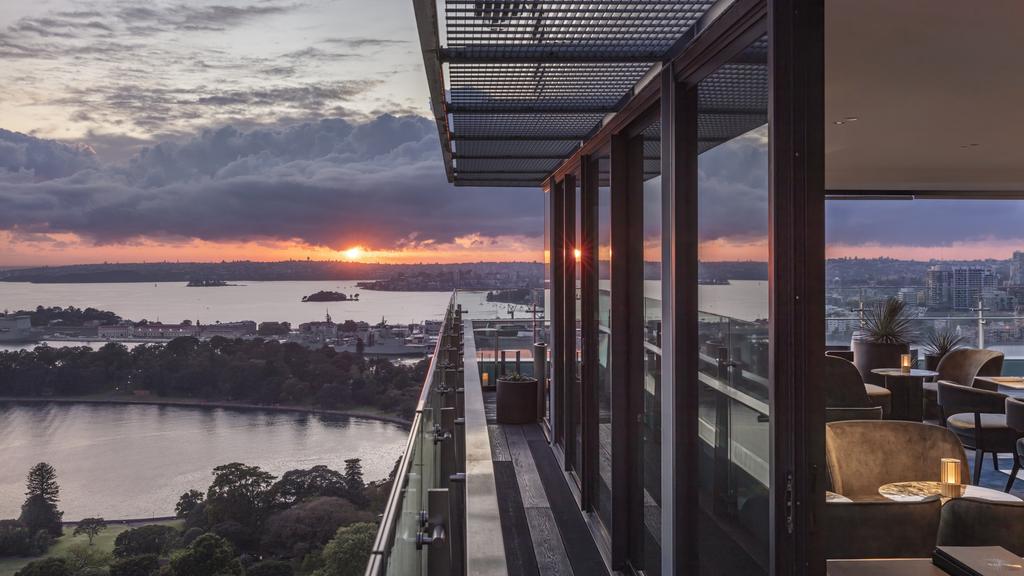Real estate to find a way out of the storm as capital fires up

Tough times have hit parts of commercial property, but big operators are confident that next year will be a better environment.
Commercial property is in a state of flux.
Traditional asset classes are under siege and once safe options are less certain as the environment shifts. But there are big opportunities out there.
The growth of life science projects, build-to-rent, student accommodation and medical property show little signs of abating.
Property players now face the dilemma of what steps to take in an inflationary environment where interest rates are on an upward trajectory.
There are, however, already glimmers of hope for deal-makers. And although this may not always be good news for asset holders as values shift, liquidity is returning to markets.
But it is not easy for now. Centuria Capital Group chairman Garry Charny called out the difficulties at the group’s annual meeting.
“Having recently come out of the effects of a global pandemic, although signs are even that is not quite done, we find ourselves in a febrile economic landscape highlighted by rising interest rates and 1980s-style inflation,” he said.
The outlook, he said, was not clear. “Industrial, seemingly, will continue as a darling of the markets, for understandable reasons, but whether the tightening in yields remains is a matter for debate,” he said.
The office market had also split experts, he said, but he is optimistic about their future. Others are looking to new kinds of property.
“In 2023, the search for income growth will lead to evolution of new product types, such as multi-level logistics facilities in infill locations and the next generation of new office towers,” Knight Frank Australia CEO James Patterson said.
He believes new sectors will come to the fore.
“It will also drive demand for emerging sectors such as life sciences and the wider healthcare space, where demographic and behavioural trends point to the need for more investable stock,” Mr Patterson said.
It won’t be easy for traditional assets. The firm is predicting a 50 basis point yield shift in the prime Sydney and Melbourne CBD office markets, and a 100 basis point rise in prime industrial markets.
“We anticipate that the current macro headwinds are likely to generate further interest in alternative sectors linked to a strong underlying growth story, and we expect to see a sustained depth of both venture and institutional capital targeting the life sciences sector throughout 2023,” Mr Paterson said.

An aerial artist’s impression of the InterContinental in Sydney.
Cushman & Wakefield managing director, commercial real estate ANZ, Simon Fenn, said that current conditions differ from what was expected. But he is hopeful of a breakthrough.
“The lack of a clear consensus on the future path of interest rates has led to some frictions in capital markets. As inflationary pressures stabilise, we expect these frictions to ease, closing the gap in pricing between buyers and sellers,” he said.
He says any hit to values could be contained. “Although higher rates are likely to have an impact on capital values, this impact should be at least somewhat offset by income growth, particularly in the industrial market where there is little to no vacant space or for assets of the highest quality,” he said.
Mr Fenn nominated alternative markets as opening up, calling out the still hot childcare sector. “(This) is currently entering a strong growth phase, supported by strengthening demographics and increased federal funding,” he said.
And he is bullish that build-to-rent will take off.
“The multifamily market appears to be nearing a tipping point which would push it into a sustained period of rapid growth,” Mr Fenn said. “There looks to be momentum behind policy reform that would lower hurdle rates for investment and unlock a chest of capital that may help to alleviate Australia’s acute housing shortage and create a significant asset class of scale.”
JLL Head of Capital Markets, Australia, Fergal G Harris, says investors are asking whether 2023 will be a rebound or slowdown year.
“Our view is that while 2022 has been about debt costs, 2023 is when the real economy effects will be felt. But we note that the real economy in Australia is yet to show meaningful signs of slowing,” he said.
“We have also seen financial markets and real estate capital markets move swiftly in anticipation of economic risks.
Building sales have been tough, and Mr Harris said that “price discovery” was crucial to get to the next phase. “The increasing cost of debt and inflation are impacting underwriting, yields and returns in the commercial property sector. However, while macro uncertainty has driven a slowdown in transaction volumes and liquidity, equity and debt remain available in Australia,” he said.
The firm is bullish about opportunities as prices recalibrate.
He sees opportunities in discretionary retail and in-fill logistics, with build-to-rent schemes also on the agenda.
“In discretionary retail, valuations have come down and have been largely de-risked,” Mr Harris said. “We also see opportunities for growth in sectors where there is chronic undersupply, where you can achieve rental growth above very high inflation rates: infill logistics and BTR.”
CBRE head of research for Pacific, Sameer Chopra, says the past year has been overshadowed by conflicting economic forces.
“2022 conversations were dominated by the tug of war in valuation between higher interest rates and higher rents,” he said.

The InterContinental in Sydney following a $120mn transformation. Picture: Supplied
But the picture is becoming clearer for next year.
“For 2023, we see vacancies declining again as population growth picks up, helping to sustain rent growth,” he said.
There is hope that rising construction costs will be contained, with Mr Chopra saying that deflation could come into play. “Recently, we have seen steel, timber, shipping and fuel costs decline significantly and this should start to put downward pressure on the raw materials cost of construction,” he said.
Colliers managing director, capital markets and investment services, John Marasco, is expecting the market to settle in the first half of next year.
“2023 will be a game of two halves, with the difference being that transaction momentum will gain in early 2023 as the market adapts to a pricing reset,” he said.
Mr Marasco said Australia screened well globally.
“With rising interest rates prompting caution around debt markets, investor sentiment is also being supported by the relative policy stability and positive growth prospects of many Asia Pacific markets versus the US and Europe,” he said.
The Colliers veteran added that large institutional investors who were better hedged to weather interest rate cycles had maintained an appetite for traditional real estate, and were also taking a bite out of the alternatives market.
“Private equity, pension, sovereign wealth funds, insurance companies and family offices comprise other market competitors, as demand sees alternatives shift towards institutional asset classes,” Mr Marasco said.
He sees the path forward being driven by the real estate industry’s own evolution in terms of applying sustainability and taking a more holistic approach. “This is largely being driven by institutional investors who are driven to acquire assets with higher ESG credentials to meet the demands of their shareholders and market expectations,” he said.
The big capital is already on the move for next year.







